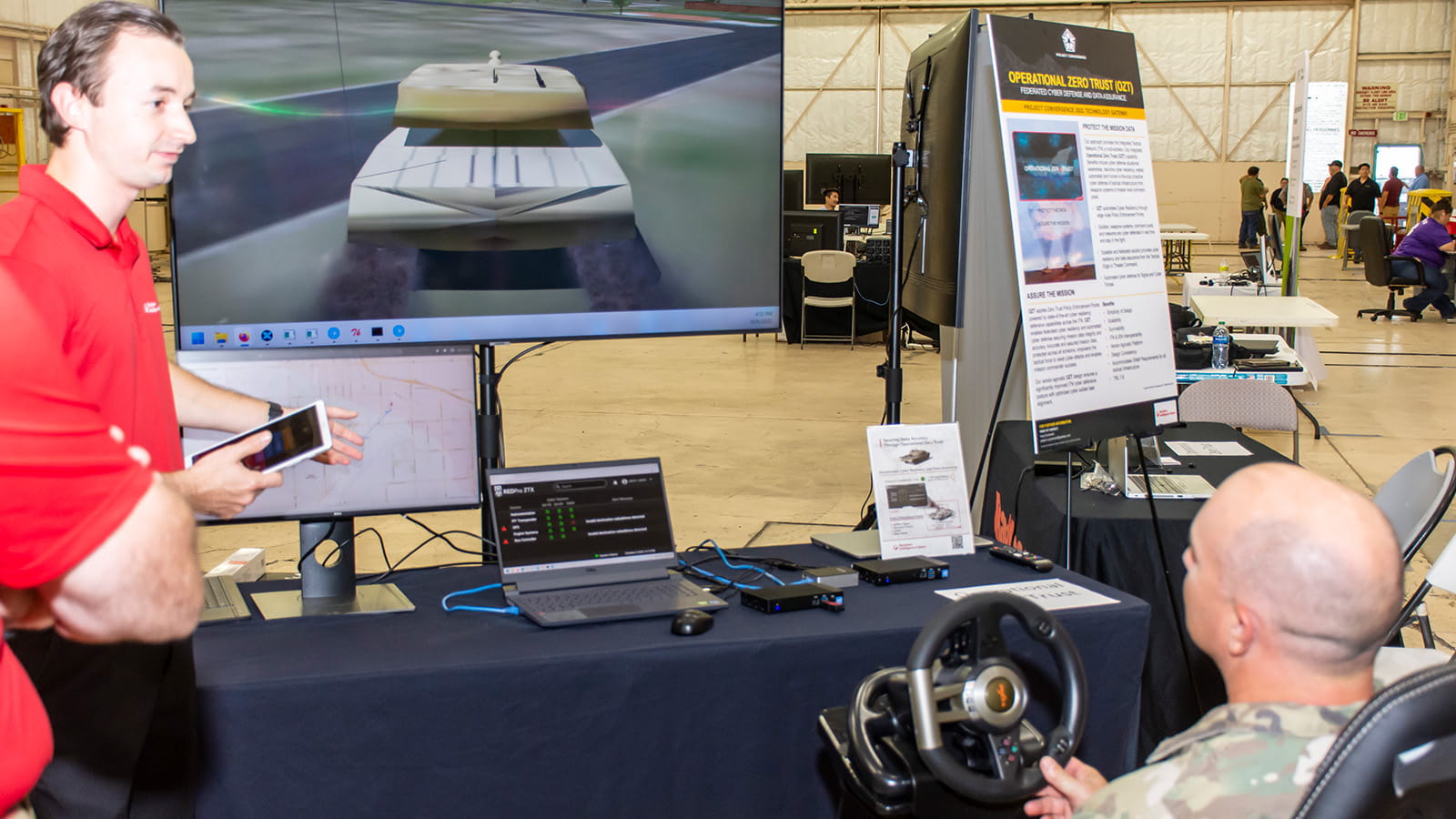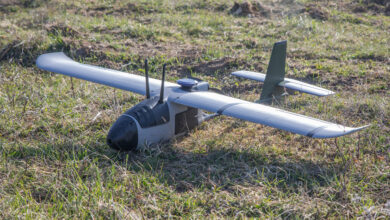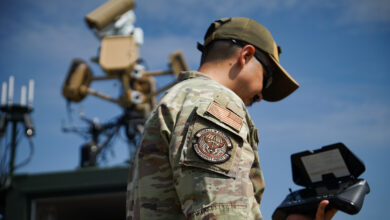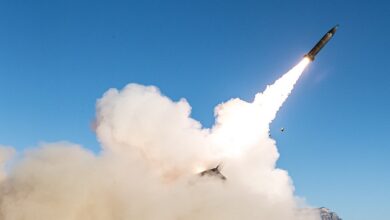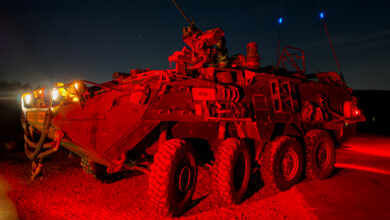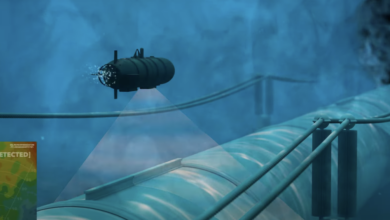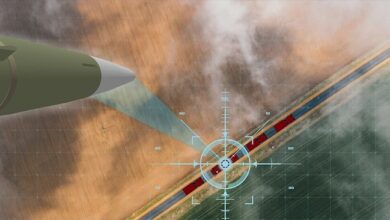Raytheon Exhibits New Cybersecurity Technology for US Army
Raytheon demonstrated its latest cybersecurity capability during the US Army Project Convergence 2022 Technology Gateway at Yuma Proving Ground, Arizona.
The company’s Operational Zero Trust (OZT) technology is a scalable, durable, and interoperable open architecture platform that offers automated cyber defense to support warfighters in remote or contested environments with poor network access.
“Our Operational Zero Trust approach provides cyber resiliency to the Integrated Tactical Network through a multi-echelon, fully integrated capability,” Raytheon Intelligence & Space Cybersecurity, Intelligence, and Services President John DeSimone said.
Plug-and-Play
OZT is a “plug-and-play” platform that can be integrated with cyber tools and accommodate the size, weight, and power requirements of several tactical infrastructures.
“Today’s missions require technologies that provide accurate and assured mission data, protected across all domains, enabling the tactical force to resist cyberattacks and empowering mission commander success,” DeSimone explained.
“Using decades of experience in both offensive and defensive cyber, we designed our OZT capability to ensure a significantly improved cyber defensive posture with optimized cyber-soldier task alignment.”
Project Convergence 2022
Project Convergence was launched in 2020 to present technological problems, insights, and solutions for the US joint force. In 2021, the event focused on harnessing novel capabilities.
The project’s latest iteration assessed the interoperability of next-generation technologies in collaboration with sister services and international partners.
“Project Convergence is a campaign of demonstration and experimentation,” US Army Futures and Concepts Center Deputy Director Brig. Gen. Guy Jones said during the event.
“It allows the Joint Force and multinational partners to collect data, evaluate effectiveness, reduce risk and optimize warfighting capability.”
The partners tested new and older technologies in air and missile defense at larger scales this year.
“We’re over 50% simulating because I can’t put 100+ missiles in the air at one time during an experiment,” Jones explained.
“Can we handle a hundred, two hundred missiles in the air? We can’t, so how do we enable an AI to do that? This was one of our biggest challenges for this year.”
During the program, the Technology Gateway was also introduced to provide industry and small businesses the opportunity to work on experiments with other partners of the US Army, ensuring that the latest ideas are generated, implemented, and advantageous for the force in the future.

